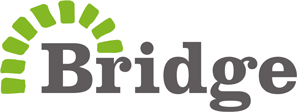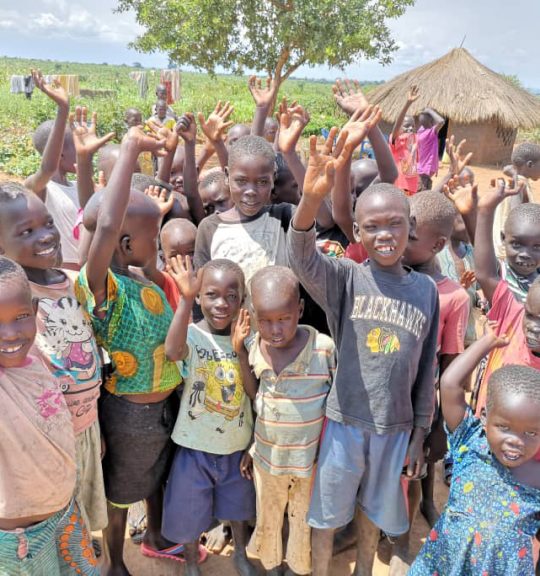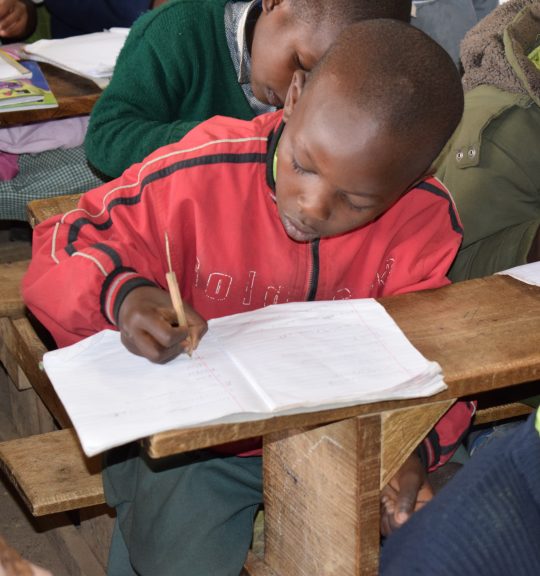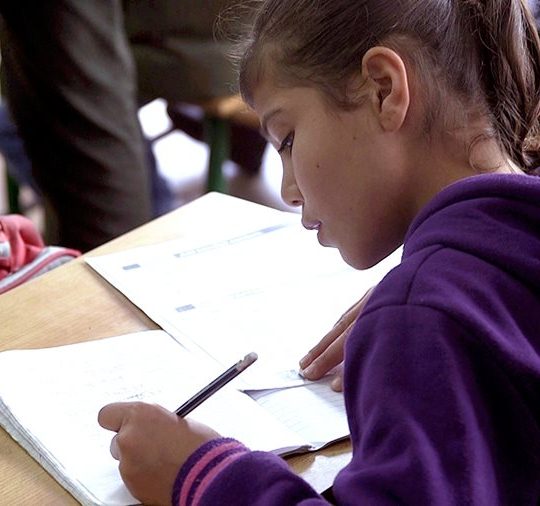Insecure Areas
The provision of quality education is the foundation stone of peace and prosperity. It enables better employment opportunities and financial circumstances. Violent conflicts are more likely to occur in nations or regions that don’t enable access to quality education. When educational inequality doubles the chances of conflict more than doubles. Education drives economic growth and enables people to break the cycle of poverty—diminishing the appeal of radical ideologies and extremist groups.
Today, the number of people displaced by conflicts is at an all-time high.
Children affected by conflict or crisis can lose their homes, families, schools and so much more. In addition to the trauma of fleeing their homes, displaced children who do manage to attend a school are often exposed to crowded classrooms, teacher absenteeism and poor quality learning materials.
Without an education, they can also lose the chance of a secure future.
- One-quarter of the world’s out-of-school children live in crisis-affected countries
- In 35 crisis-affected countries, 75 million children between the ages of 3 to 18-years-old are experiencing a disrupted education
- Over 17 million school-aged children in those countries are refugees, with only half attending primary school
In the short term, shelter and food are prioritised in conflict zones but education is also essential if the cycle of violence and poverty is to be tackled effectively. Despite this knowledge, it remains a significant challenge to improve access to quality education for those living in these areas and for those that have fled.
Click below to read how Bridge is supporting education for those living in areas of conflict or those affected by conflict in Bidibidi, Uganda; Borno State, Nigeria; Garissa County, Kenya; Maryland & Grand Cru Counties, Liberia; and, Syrian refugees living in Lebanon.


